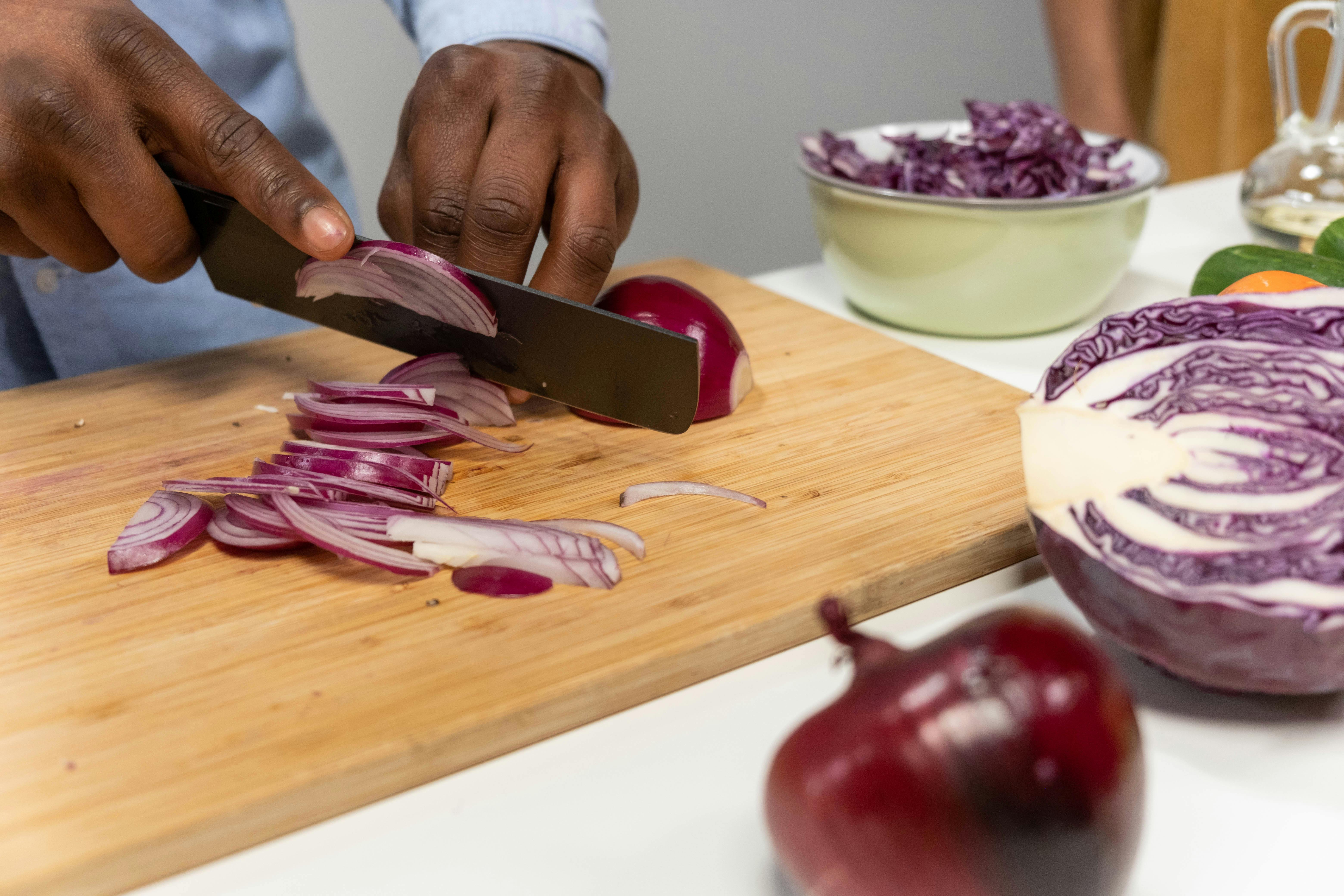Many people think that plugmold installation is difficult. Most people have a hard time with the wiring plan or just connecting the metal chains to make a multiple outlet set. However, it’s pretty straightforward when you get to installing or assembling one. The real solution is in the first few steps and following them up with the right ones to correctly get to the last string.
This plugmold installation guide hopes you know basic wiring techniques or have some manual skills like cutting, splicing, and stripping wire. If you think you haven’t started properly on electricity, you can call an electrician to do the plugmold installation for you or buy a ready-made plugmold kit.
You can buy plugmold strips at most hardware stores or visit the Wiremold website where there are different types of plugmold installation guides and parts. You need a Phillips head screwdriver, a tape measure, and self-feeding molded strips that are also used on gutter outlets.
Once you have the plugmold strips, disassemble each part, including the chained outlets from their metal casing.
Track where your power line is connected. From where it’s connected, you may need to splice the wires far enough to connect to the molded-in mold installation.
On the back of each plastic case, there are small channels that provide a way to run the cables with enough room for the front and back cover to snap back together. Notice that you have three wires from your main breaker and only two channels on each side of the outlet box. Let the ‘hot’ and ‘neutral’ wires go through the other side and the ground wire through the other side.
Splice the wire by cutting ½ inch of insulation from each end or use the W30 connector as a guide for how much insulation you need to cut. Two W30s should come from the socket mold you are using. Make sure you can insert the wires into the W30 connector and that all the wires are aligned with the channel to form a parallel line.
Using pliers, bend the wires into position along the channel. If the wires bounce, use blue painter’s tape to hold the wires in place. The ground wire should be a different color than the live and neutral wire and be bent firmly into place. Wire nuts can be fitted to cover the ends of the wire. Just make sure the wire nuts are on properly.
Carefully place the outlet with the cable runs into the plug mold, keeping each cable in place. Use painters tape for extra measurement.
It would be better if the plugmold support is already in place so you just have to screw or drill the screws into place. Fitting the end fittings onto the bottom edge of the mold requires a bit of force, so apply a little pressure as you push the top in. Then insert the wires of the power supply into the installation hole of the socket mold.


